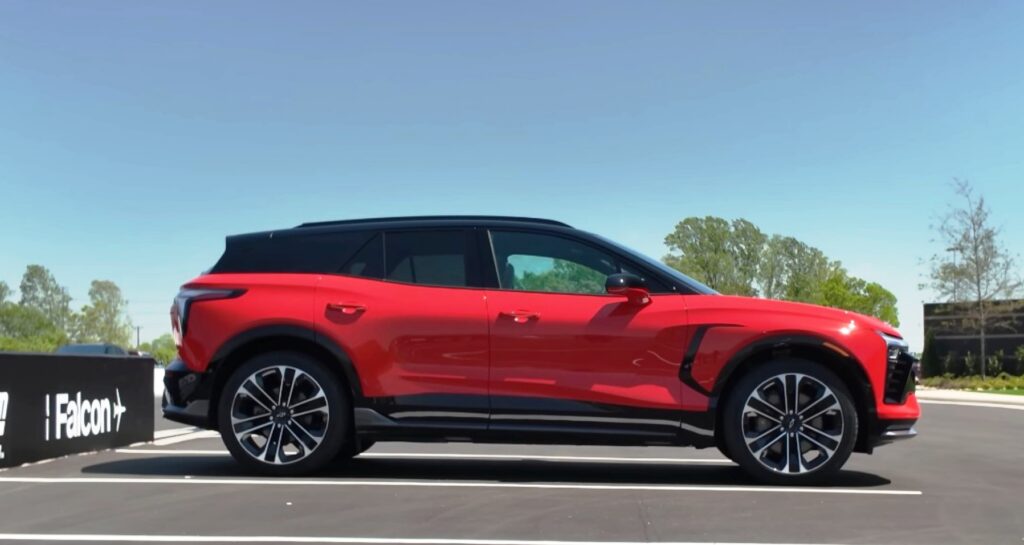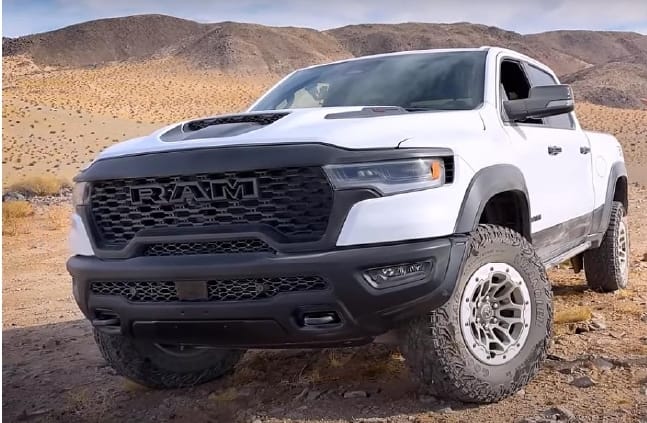2025 Chevrolet Blazer SS EV Review — An American Icon Charges Into the Future
2025 Chevrolet Blazer SS EV: an electric SUV packed with 615 horses of American muscle and cutting-edge tech. Dive into specs, range, charging, Super Cruise, real-world usability, pros and cons, and price — and how it compares to Tesla, Ford, and Hyundai.
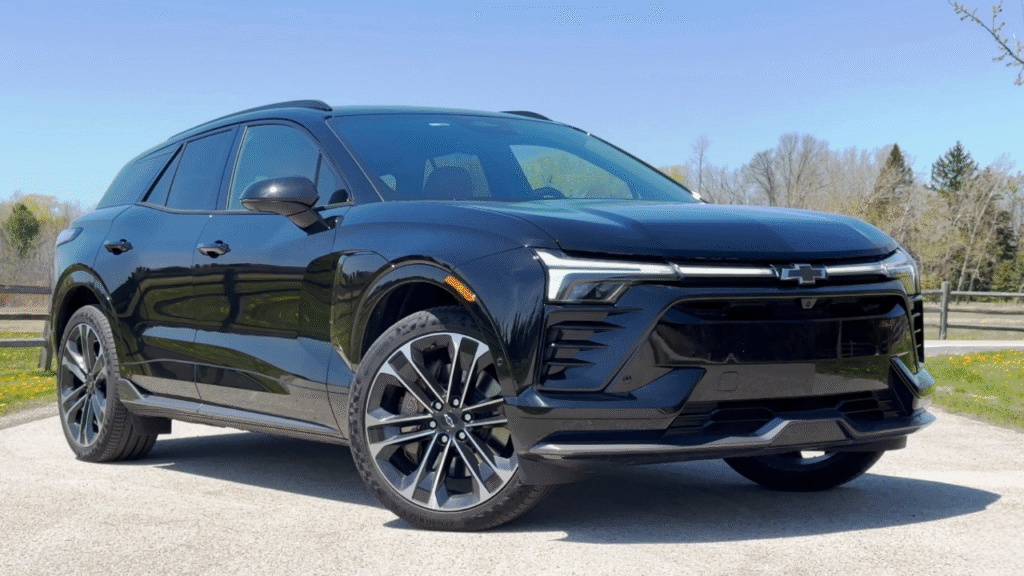
A Trail from Dirt Roads to DC Fast Chargers
https://en.wikipedia.org/wiki/Chevrolet_K5_BlazerIf you lived anywhere in the United States of America with a snowy driveway or dirt track, chances are Blazer is a familiar name. The original Chevy K5 Blazer (launched in 1969) wasn’t designed to go on grocery shopping runs — it was a no-frills, top-off-your-hauling-capability, body-on-frame 4×4 capable of making hunting expeditions, camping weekends, and muddy high school parking lots.
By the 1980s and 90s, the Blazer evolved into a smaller, family-friendlier SUV — think S-10 Blazer, perfect for American families wanting a truck’s capability without the full-size pickup footprint. It was dependable, practical, and as American as backyard grilling.
Fast forward to 2025: the world is altered — gas is pricey, cities are congested, and Tesla’s success only went to prove Americans will purchase electric if you make it enjoyable. GM took notice. They didn’t simply add a battery into a boxy form — they placed an SS badge on the Blazer and produced a real electric performance SUV.
This is Chevrolet’s big swing at the booming electric SUV market, and the SS badge means they’re not playing safe. It’s their answer to Tesla’s Model Y, Ford’s Mustang Mach-E , and Hyundai’s Ioniq 5 N.
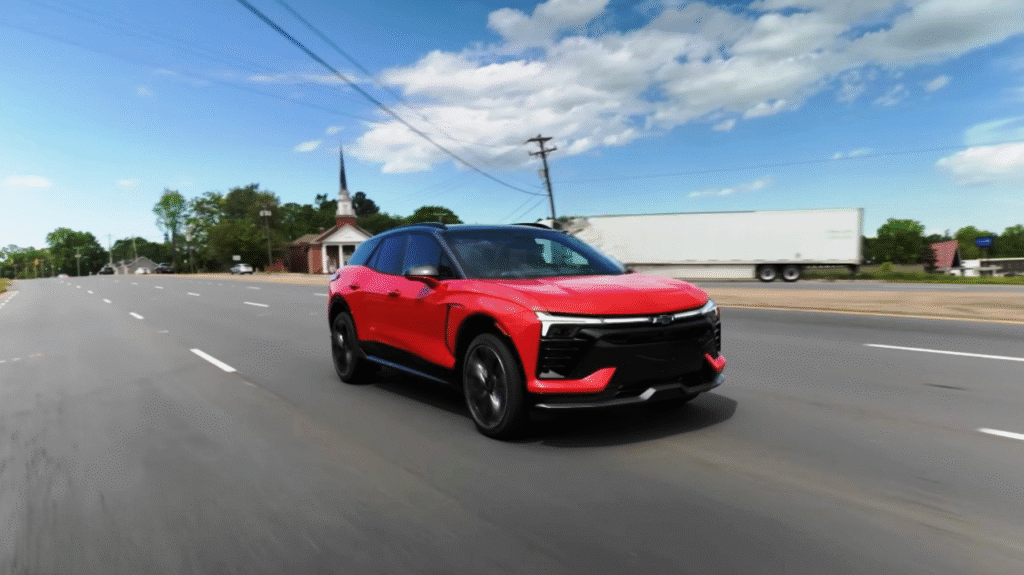
GM’s Ultium Platform: The Powerhouse of the Blazer
The 2025 Blazer SS EV is based on GM’s Ultium platform — the same versatile battery and motor architecture that supports the Cadillac Lyriq and GMC Hummer EV. Ultium is GM’s key to scale: one adaptable system that allows them to produce anything from a small crossover to a massive electric Silverado.
For the Blazer SS, that translates to:
102 kWh pack (usable) — large enough for extended road travel, not so large that it explodes the weight budget.
Two electric motors (front and rear) with 615 hp and 650 lb-ft torque.
Projected range: up to 303 miles (EPA) — exactly in the sweet spot for weekday commutes and weekend escapes.
DC Fast Charging: 190 kW max — sufficient for some 78 miles of range in 10 minutes, if you can even find one that has it.
Fun fact: The Ultium platform is built to scale. Future Blazer models or Chevy variants could readily provide even larger batteries or tri-motor configurations if the market calls for more brawn.
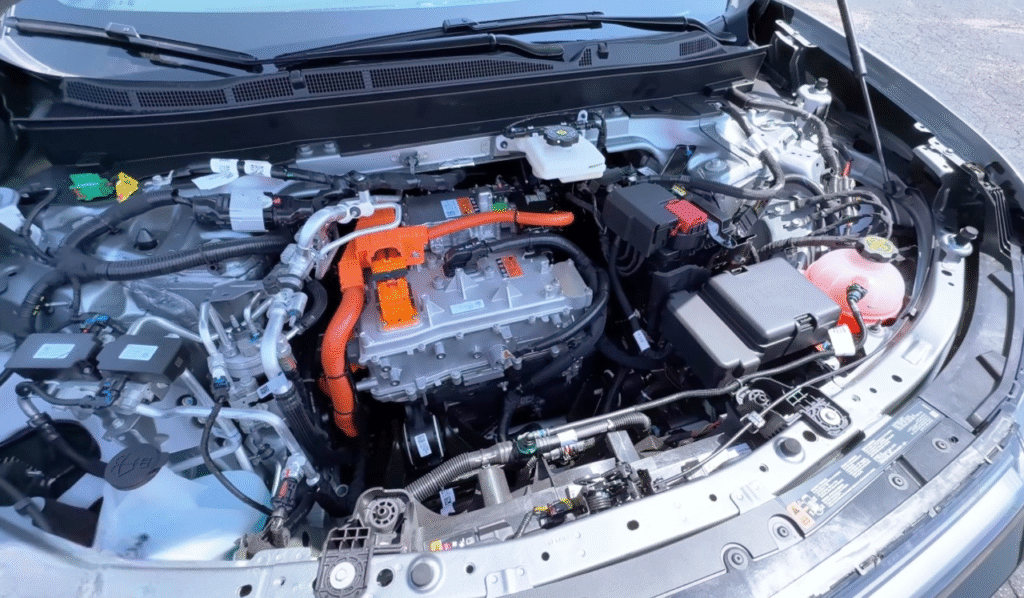
Interior and Build: Real-Life Comfort, American Practicality
Step in and the Blazer SS is tailor-made for American drivers who reside in their SUVs:
Sport-bolstered front seats, ventilated and heated — they wrap around you closely but won’t torture you on road trips.
A massive 17.7-inch touchscreen with Google built-in support — Maps, Assistant, Play Store, all run natively. No more fumbling with your phone.
An 11-inch driver display with sharp graphics for range, speed, nav, and safety notices.
Physical controls for volume and climate — genius move for glove driving or when you don’t want to poke at a screen.
Bose premium audio — not only bass-forward; it’s optimized for a silent EV cabin, so you will actually be able to hear the nuance.
There are lots of cup holders, USB-C outlets, and a wireless charging pad — this isn’t Europe, we like road trip snacks and giant sodas.
Rear seats? Spacious enough for grown-ups, with split-folding capability for hockey sticks, soccer equipment, or large Costco excursions.
Material quality has moved up too. GM took a lesson from the early Bolt days — less hard plastic, more soft-touch surfaces, contrast stitching, and ambient lighting.
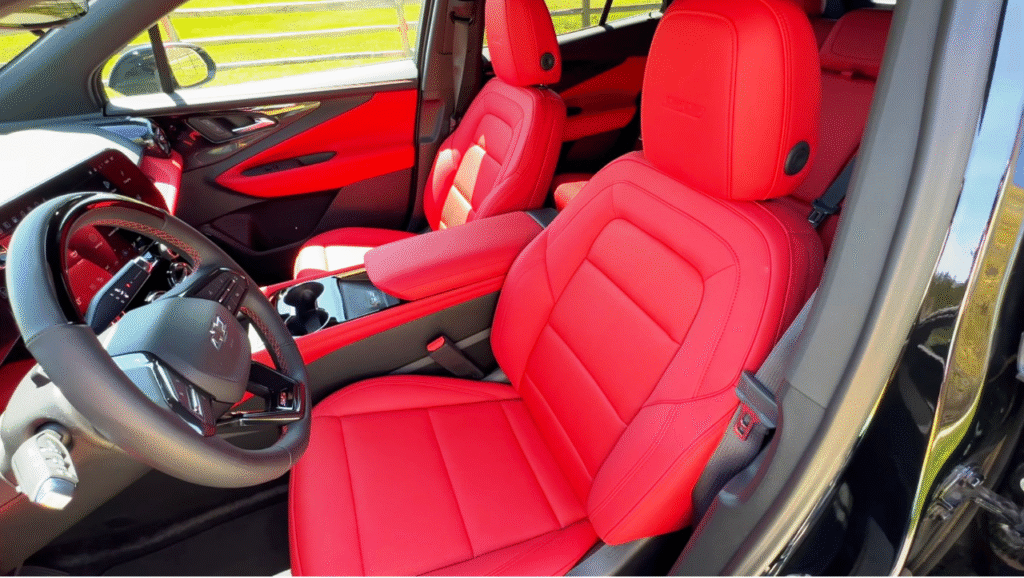
Performance: The SS Badge Delivers
The “SS” badge has heft to it — Chevy doesn’t give it to a slouch vehicle. The Blazer SS EV delivers on the legacy:
0–60 mph: a confirmed 3.4 seconds in Wide Open Watts (WOW) mode — the same rush you experience in the performance EV upper tier.
Dual-motor AWD: all-wheel instant torque. No wheel spin theatrics, just firm grip.
Sport-tuned suspension: it rides lower than lower Blazer EV trim levels, with standard 22-inch wheels, larger brakes, and an electronic limited-slip differential to assist in putting that torque down in smooth fashion.
Drive modes: there’s Normal, Sport, Snow/Ice, and of course. Each of them adjusts throttle response, steering weight, and regen braking feel.
Does it drive like a Camaro? Not exactly — this is still a midsize SUV weighing more than 5,000 pounds. But the low-slung battery and instant torque provide it with unexpectedly sharp handling for its footprint. It corners well than any gas Blazer to date.
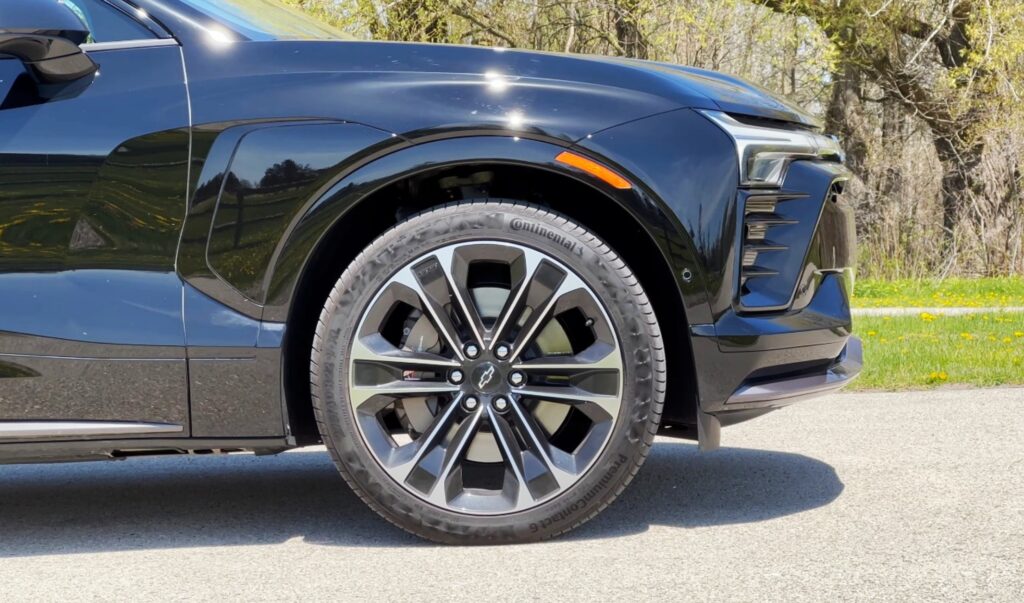
Charging and Real-World Ownership
Let’s be real — American EV purchasers worry as much about charging as speed. The Blazer SS EV performs well but is not the new king of this mountain:
Max DC Fast Charge: 190 kW peak — good but not Hyundai or Tesla levels (which reach 250+ kW).
Home Charging: Level 2 (11.5 kW) standard, so an overnight garage charge from 10% to 100% will take approximately 8–10 hours on a 240V outlet.
Charging Network: Chevy’s collaboration with the Ultium Charge 360 network provides you access to several charging providers. You’ll most probably rely on Electrify America, EVgo, or local networks — just check your route ahead of a road trip.
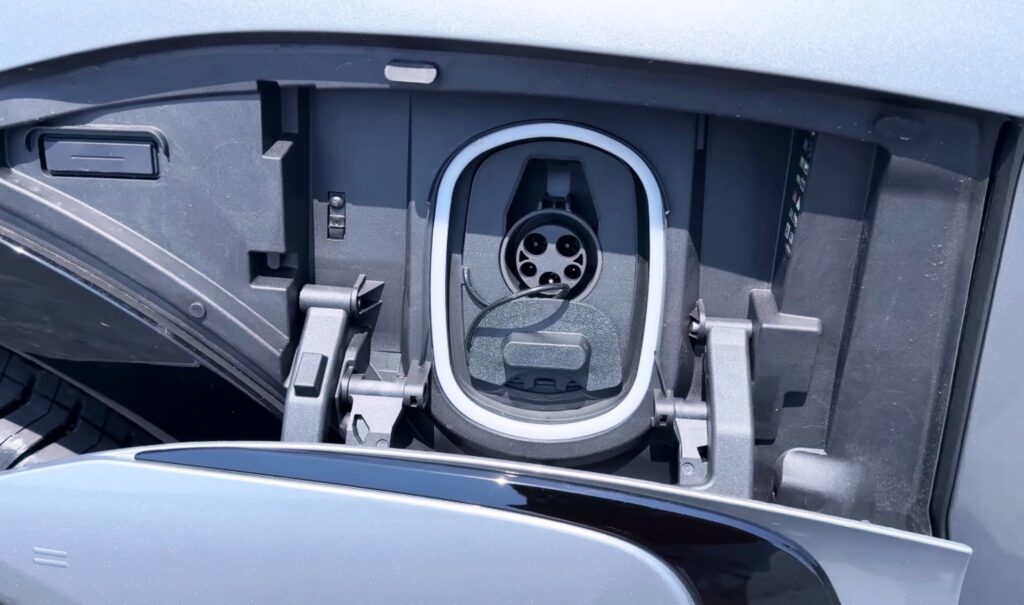
Safety Tech: Hands-Free Done Right
Super Cruise is where Chevy truly shows its tech power. Super Cruise is hands-free, not merely “hands-off for 10 seconds,” as opposed to Tesla Autopilot or Ford Blue Cruise.
It works on 400,000+ miles of mapped divided highways in North America — more than any other system as of 2025. It’ll handle steering, lane centering, and automatic lane changes. It uses driver-facing cameras to make sure you’re paying attention (so, no sleeping at the wheel).
You also get the full suite:
Forward Collision Alert + Auto Braking
Pedestrian Detection
Rear Cross Traffic Braking
Lane Keep + Lane Departure Warning
Surround Vision Camera — much less stressful to park this monster.
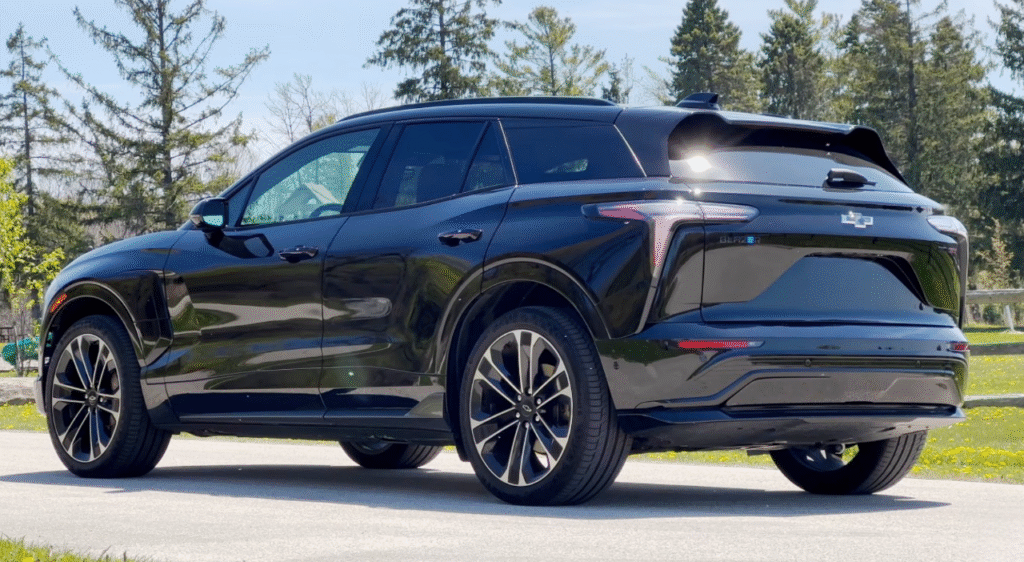
Practicality and Daily Use
Americans purchase SUVs because they’re convenient. The Blazer SS EV fits the bill:
Cargo space: Approximately 59 cubic feet with the seats down. That’s ample for family fun.
Tow rating: Not officially gigantic — approximately 1,500 lbs max. Enough for a little trailer or bikes, but not your ski boat.
AWD confidence: The twin-motor configuration provides it with firm all-weather grip. Equipped with decent tires, it’ll tackle slushy Midwest commutes in good order.
Ground clearance: Below a Bronco, so this isn’t a rock crawler — but it’ll brush off gravel roads and snowbanks.
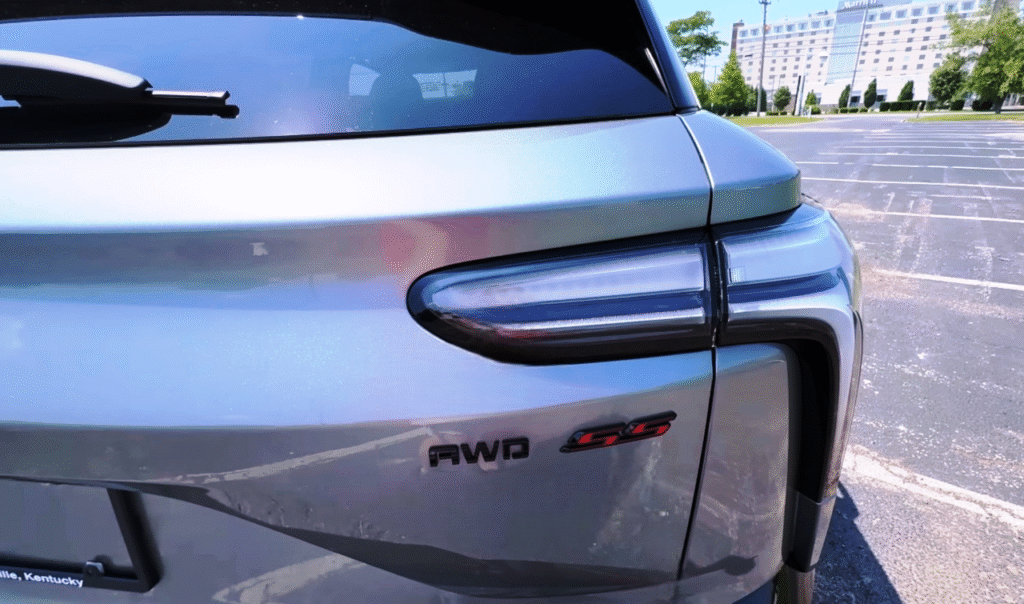
Pricing and Availability
Here’s the bottom line math for U.S. consumers:
Base MSRP on the SS trim: $61,995
Dealer markups: Some Chevy dealerships are charging ADM because of strong early demand — so call first and get quotes in writing.
When you can buy: Orders are now open. Early builds are arriving in showrooms across the country. Big cities and EV-friendly states (CA, TX, CO) will see inventory first.
The Blazer SS fits between Tesla’s tested tech and Hyundai’s enthusiast play. The Tesla takes the lead on charging network and software, but the Chevy strikes back with the Super Cruise benefit and that old good American muscle feel.
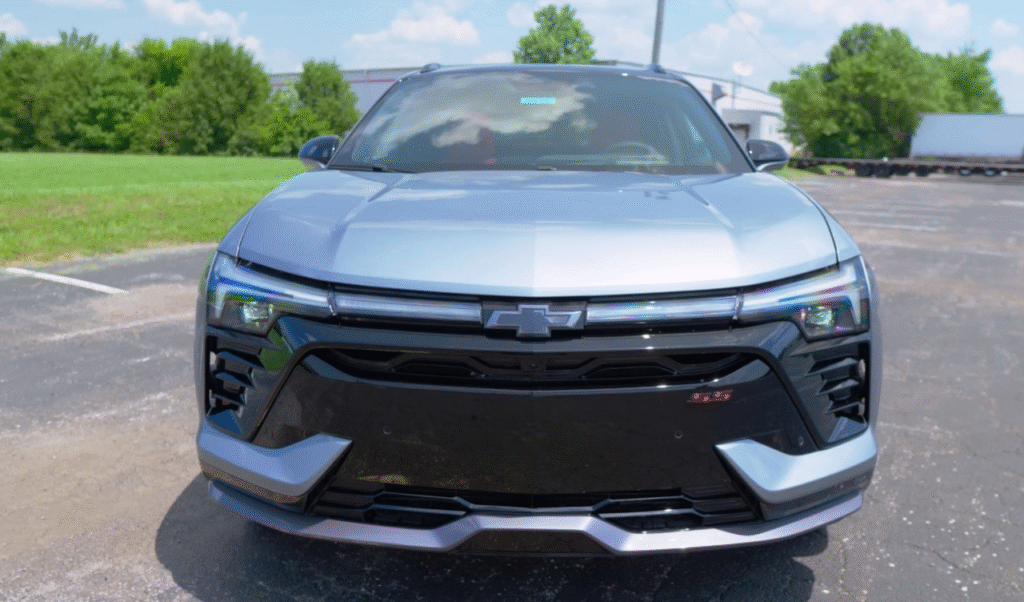
Pros and Cons — Should You Buy It?
Pros:
Actual muscle SUV pace with everyday usability
Super Cruise done right and hands-free
Appears and drives like it means business
Ultium tech is tested and adaptable
Still remains an American Chevy in here
Cons:
DC fast charging speed is solid, not best-in-class
Dealer markups are conceivable up front
Lower towing capacity than some competitors
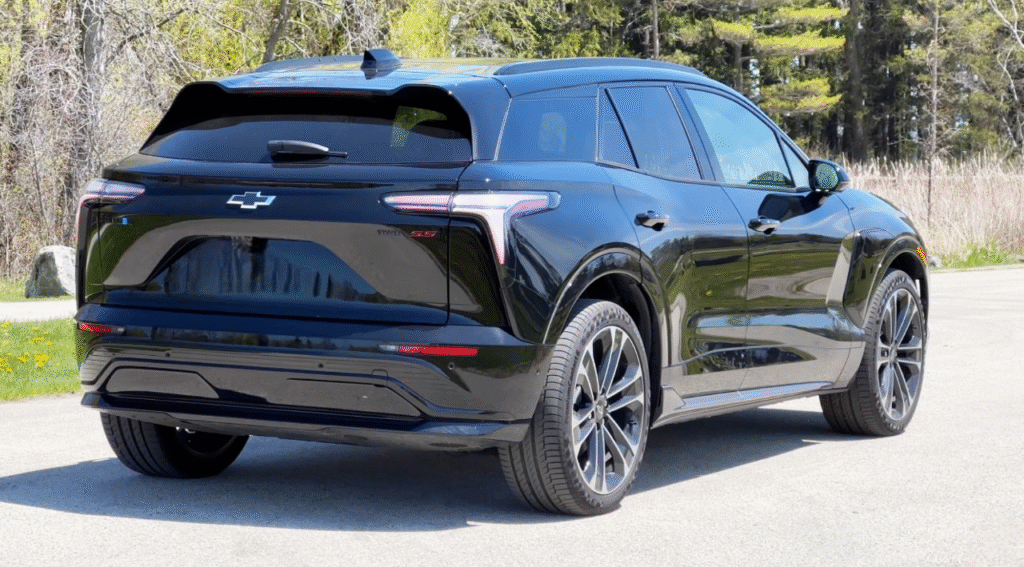
Final Verdict
If you’re looking for a serious performance SUV without a tailpipe, the 2025 Chevrolet Blazer SS EV offers a quintessentially American blend of brute strength, up-to-date tech, and daily usability.
It’s a speed machine with family appeal, range, and the bragging rights to quiet the “EVs are boring” fanatics.
Is it the best EV for all buyers? Perhaps not — but if you desire a familiar logo, muscle car attitude, and a glimpse of the future without the feeling of driving an appliance, this Blazer SS is well worth every volt.
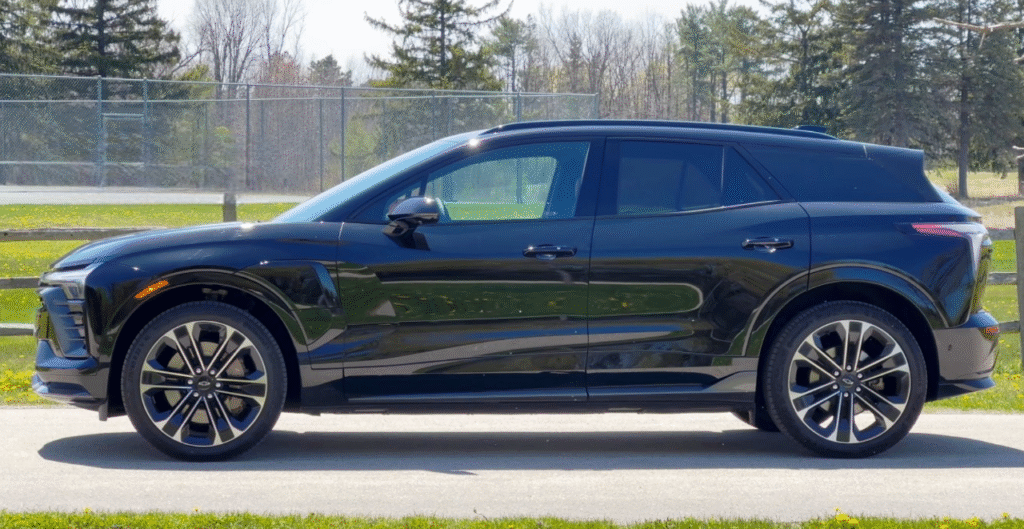
FAQ — 2025 Chevrolet Blazer SS EV
Q: Is the Blazer SS EV sold in all 50 states?
Yes — but check local inventory, some states will experience more inventory sooner.
Q: How is Super Cruise different from Tesla Autopilot?
It’s fully hands-free on mapped highways, with automatic lane changes — a step ahead of basic Autopilot.
Q: What’s the real-world range in cold weather?
Plan for about 15–20% less in winter — so 240–260 miles if you’re in Minnesota in January.
